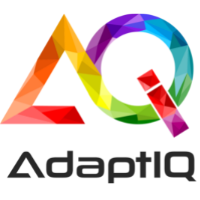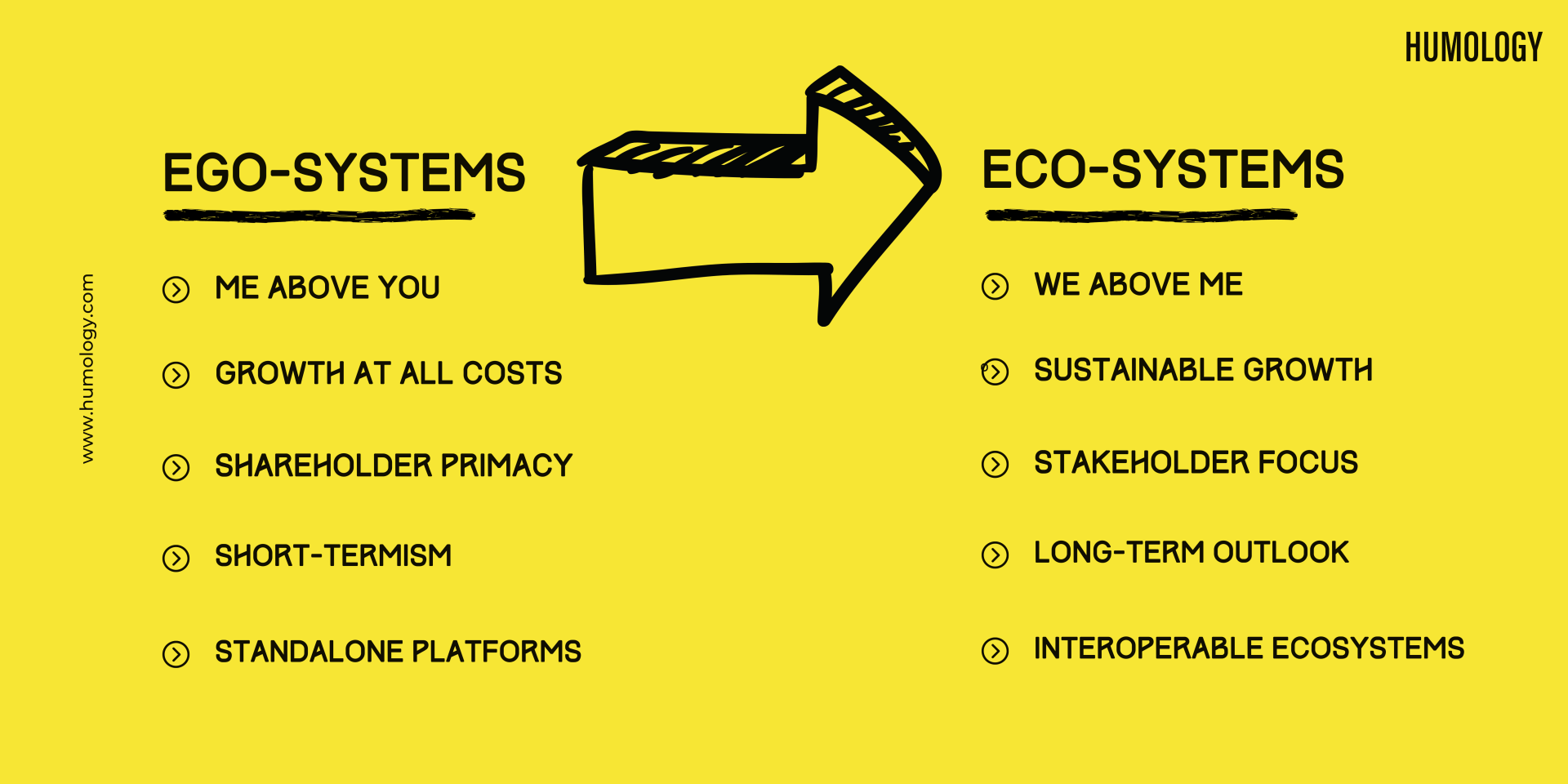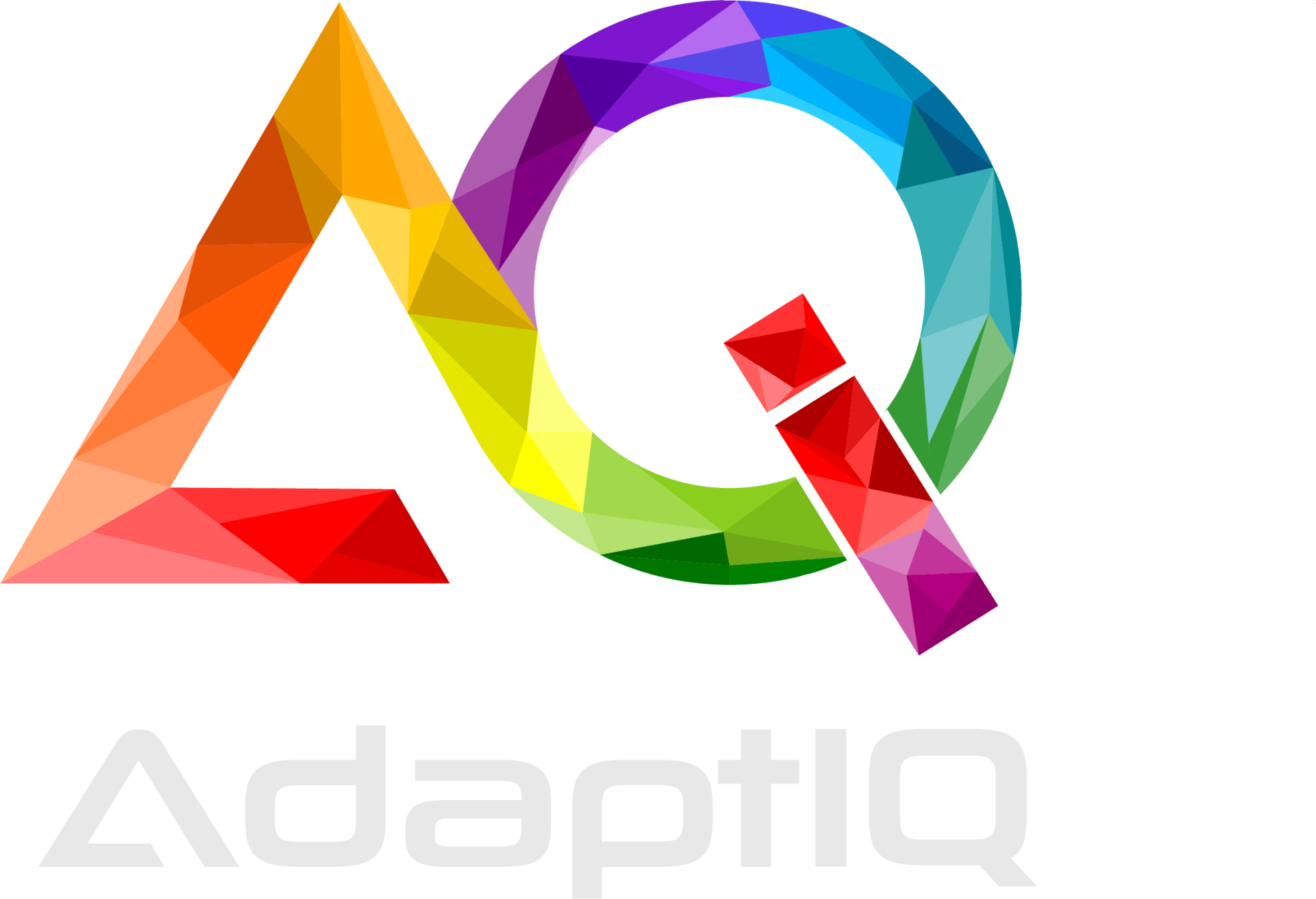
The End-User Era — PLG in SaaS
The End-User Era — Product-Led Growth in SaaS
Growth-hacking user acquisition and adoption with PLG

For those of us on Clubhouse — what do you remember about the sign up process? A text from a friend? maybe a link? How about Zoom, or Calendly, or Slack? These are the apps that go from ‘ New Kid on the Block ’ to a central part of your tech stack in light speed. The virality of these tools ensures they remain the darlings of the product-led growth world and are deeply embedded into your daily tech stack — sometimes unintentionally!
A few years back, when I worked on the implementation of enterprise-wide robotic process automation, user adoption was the most time-consuming (and resource-hungry) process. We seemed to be forever selling the product to internal stakeholders, dealing with complex onboarding to the enterprise, designing frameworks and structures to support the technology, and training reluctant users. Very early on the journey I felt there was an element of the Emperor’s New Clothes about the RPA industry. The technology worked and offered enormous potential, but the internal drain on organizational resources meant that many RPA programmes fizzled out or lost key talent before the technology reached anything like wide scale adoption . My experience is not unique — recent reports estimate that only 4% of companies using RPA have reached scale (over 500 bots).
The recent growth in low-code tools and product led growth tells me I wasn’t the only one feeling the friction in implementing tools that were shipped as ‘good enough’. Tools that were clearly not designed with a user in mind.
The end-user era is here. Product-led growth is how you thrive in it
Some SaaS tools were already gaining traction long before the Pandemic hit in early 2020. However, the sudden shift to remote team working ensured that the tools selected enabled collaboration, had short implementation timelines and required zero in-person training. Tools like Zoom, Calendly and Slack outperformed their peers growing at incredible speed.
“After four months of an unprecedented global crisis, SaaS companies are bouncing back while PLG businesses are trading at almost 2x higher revenue multiples than they started with.”- OpenView 2020 Report .

So, what’s going on in the market?
The B2C world has long understood the power (and expectations) of the individual user. We expect plug-and-play technologies, seamless interaction with our existing tech stack, and almost-invisible onboarding. These expectations in the consumer world are changing the way we interact with technology, and crossing over into the B2B market. This is the era of the end-user — if you are not building product with them in mind, be prepared to sacrifice your hard earned revenue dollars to customer onboarding resources, customer success teams and churn activities.
“Product-Led Growth is about prioritizing the user experience in everything you do: your product, pricing, marketing, customer engagement and even buying experience. An incredible user experience inevitably leads to faster growth, greater customer expansion, and best-in-class retention,” says Kyle Poyar, VP of Market Strategy, Openview.
Even now, B2B tech companies continue to invest heavily in a sales-centric structure — their language directed at C-suite buyers chasing return on investment, payback, and deadlines. These teams are schooled in the language of big business, accustomed to long sales-cycles, endless paperwork, and multiple approvals -safe in the knowledge that once the product was implemented the customer was unlikely to switch to another solution and would accept a certain level of pain.
However, SaaS is rewriting the rules , making it easier for people to ‘try before they buy’, and switch to their preferred software with minimum friction. Users are also doing their own research. According to a 2018 Forrester survey, 70% of B2B buyers find buying from a website more convenient than buying from a sales representative. Being product-led doesn’t mean that your sales and marketing can rest up and let the product team do the work — it means that every team is focused on the product which leads to creating a customer-centric organization.
Increased choice, lower up-front costs, short time-to-value, and zero implementation overhead, all make PLG tools the stand-out star in a sea of emerging technologies. The ease of market entry into the SaaS market has fuelled price wars, eroding the pricing power in the market. Even SaaS powerhouses can’t escape the pressure to compete on price and features. A great example is Hubspot offering its CRM 100% free including a free live chat feature — putting them in direct competition with Intercom and Drift.
How can you differentiate your product in a competitive SaaS world?
- Understand the emerging power of the user — you need to have an amazing product that delivers the value it promises to deliver. Your product must be built around helping users solve their problems , with quick and effective user onboarding , contextual in-app communications, and a great, seamless, intuitive UI.
- Relentless focus on ease of use — in today’s market, there is no space for buggy, complex, or slow SaaS products. Users are increasingly impatient, unforgiving and have high expectations. In the SaaS world, loyalty is built by enabling the user to get the job done with the lowest effort possible.
- Short TTV (Time-to-Value) — every user has a job to be done, and every human wants to feel competent. Make sure your user can see and experience the value your product can add to their life. Everyone wants to feel like a pro, and if the initial experience leaves the user more confused than when they started, they will not return to the product.
- Remove friction from your user acquisition process — users are increasingly reluctant to hand over personal data in exchange for a demo, or a free trial. Aggressive PLG techniques are seeing the emergence of ‘Free forever’ and ‘Free trail — no email required’ messaging, completely removing any barriers for users to experience the tool and assess the value-add for themselves.
Dropbox was the fastest growing SAAS company to reach $ 1 billion in revenue run rate in 2017 . Darius Contractor, previously the growth engineer at Dropbox, pointed out three markers that make the company a strong candidate for the PLG model in a conversation with Openview partners. They are:
Simplicity
- Simplicity is when your product is easy to understand without the help of a salesperson. Take Notion.so or Airtable.com for example — both apps have a simple interface, and the product onboarding requires little mental effort. I can easily roll out these products within my community without much friction — and that is the key to adoption!
The Viral Factor
- Some products are built for sharing. Think of Zoom as an example — if I send you a Zoom link for a virtual meeting, you become a Zoom user by default. This type of viral growth is free and has a compounding effect. The same is true if I set myself up on Calendly — by sharing my Calendly link and encouraging folks to use it, I am spreading the word and advocating for the company. One simple trick, turns an unintentional user into my next product advocate.
Self-serve channel
- A growing number of SaaS companies use self-serve freemium products to gain insight into how users navigate and explore the product. This data helps every department provide a customized user experience. Watching how users are using your product (rather than asking them how they intend to use it) is the most effective and insightful Beta test you could ask for (and it’s also fascinating from a human behaviour aspect!)
How will your business compete with product-led companies who are customer-obsessed — and in turn whose customers become product champions? Start with understanding what job your product is helping the user get done — then relentlessly pursue that one job until your user doesn’t even notice they are using your product and can only see that the reward greatly outweighs the effort (measured in time, mental expense and $$$)
If you liked this article, please leave a comment, or a clap, on your way by — or feel free to share!
I help tech companies get into the mind of their user to design better solutions. Using a blend of behavioural science, psychology, change management and product adoption frameworks. You can contact me at joanne@adaptiq.solutions




